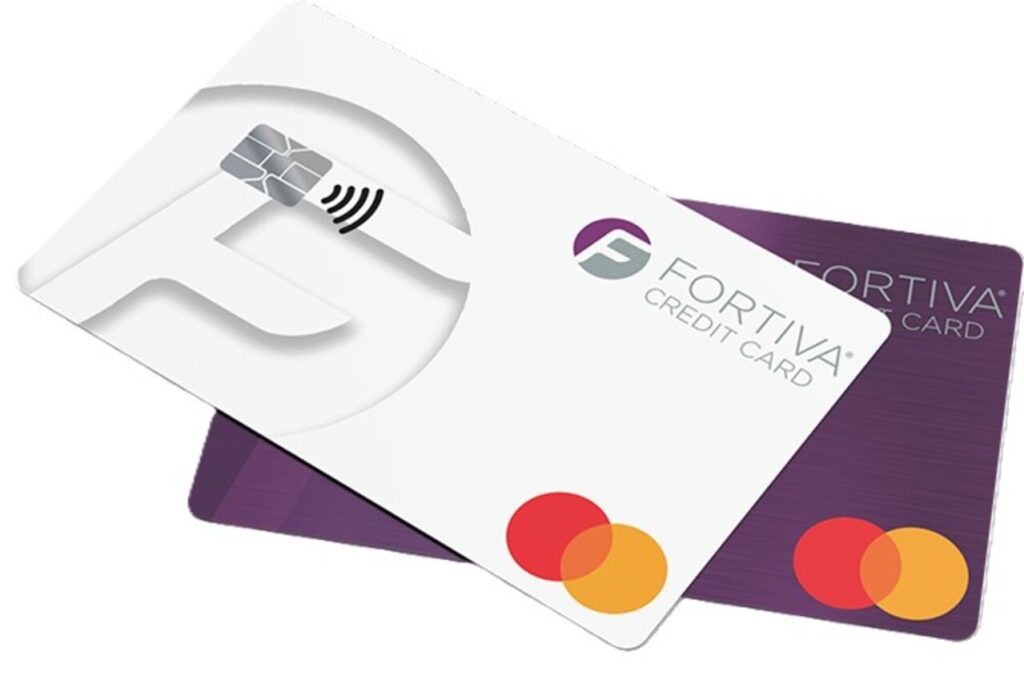Many individuals face challenges when trying to build or rebuild their credit. Traditional credit cards often require a good credit score, making it difficult for those with limited or poor credit histories to qualify. This lack of access can hinder financial growth and opportunities. The First Latitude Credit Card offers a solution by providing a secured credit card option that doesn’t require a high credit score for approval. With a refundable security deposit, users can establish a credit line that reports to all three major credit bureaus, aiding in credit-building efforts.
This article provides a comprehensive guide on the First Latitude Credit Card, detailing its benefits, drawbacks, and suitability for various financial situations.
What Are the First Latitude Credit Card?
The First Latitude Elite Mastercard® Secured Credit Card and The First Latitude Assent Mastercard® Secured Credit Card are secured credit cards designed to help individuals rebuild their credit history. It requires a refundable security deposit, which typically starts at a minimum of $200, to open your initial credit line. This credit limit matches your deposit, and your payments are reported to all three credit bureaus, helping boost your credit score with responsible use.
Although the First Latitude Mastercard® carries an annual fee, it provides an incentive to pay your bill on time by potentially qualifying for an unsecured credit line increase. The issuer may review your account and deposit history to decide if you’re eligible for a higher credit line.
First Latitude Credit Card: Main Benefits & Perks
Low-Security Deposit:
The First Latitude Credit Card requires a refundable security deposit starting at just $200, making it accessible for many individuals seeking a fresh financial start. This low minimum security deposit matches your initial credit line, making it ideal for those who want to open a secured credit card without tying up a large amount of cash. Moreover, it allows cardholders to gain access to the Mastercard® network without needing a high credit score, making it a practical option for first-time users or those rebuilding their credit history.
Earn Rewards for Payments:
Unlike most secured cards, the First Latitude credit card occasionally rewards you for making payments on time. Users may earn statement credit or cash back based on responsible activity, which serves as an incentive to pay bills regularly. These card rewards are modest, but they set the card apart from other basic credit card offers. Additionally, these perks encourage responsible usage, which may eventually lead to an unsecured card or credit line increase.
Good Credit Is Not Required:
Applicants do not need a minimum credit score to qualify for the First Latitude credit card, making it accessible for those with poor or limited credit history. The issuer focuses on your security deposit and ability to apply rather than strict credit criteria. Hence, it’s particularly useful for people recovering from financial setbacks or those new to credit. It stands out among secured cards that often impose higher requirements or deny applicants due to past issues.
Reports to the Credit Bureaus:
The First Latitude Mastercard® reports monthly activity to all three major credit bureaus, helping users steadily build a reliable credit profile. Each purchase, payment, and balance update is reflected in your reports, which can positively impact your credit score over time. Timely bill payments and staying under your credit limit contribute directly to credit growth. Consequently, this feature makes the card especially appealing for those who want their account activity to be accurately reflected and recognized by lenders.
First Latitude Credit Card: Main Drawbacks
Small Credit Line:
The First Latitude Credit Card starts with a small credit line, often limited to your $200 security deposit. Although this is typical for secured credit cards, it may restrict spending flexibility for some cardholders. Additionally, the credit limit may not automatically increase without further deposits or issuer review.
High Fees:
This secured card includes a notably high annual fee, which can reduce its overall benefit for beginners. Besides the annual fee, the card may also include other charges such as APR, balance transfer fees, or foreign transaction fees. Comparatively, some alternatives offer lower-cost credit card offers with fewer long-term expenses.
Things to Know About the First Latitude Credit Cards
1. Both cards require a security deposit
Both First Latitude credit card options require a refundable security deposit to open an account. The minimum required is typically $200, which becomes your initial credit line and determines your credit limit. This deposit acts as collateral, offering a way to secure credit access without a high credit score. Moreover, the issuer may require identity verification and bank details during the application process.
Unlike unsecured cards, these options are better suited for people with poor or limited credit histories. Additionally, you may receive your deposit back if your account is closed in good standing.
2. The Elite charges an annual fee
The First Latitude Elite Mastercard® includes an annual fee, which is automatically charged to your account each year. The fee reduces your available credit line at opening, so you should factor it into your budget. Although the card may offer rewards, the annual fee remains a recurring expense. Comparatively, other secured cards may provide lower-fee credit card offers. Furthermore, this fee does not count toward your security deposit or future purchases.
Hence, while applying, always review the disclosure and compare it to other offers. Those seeking a no-fee alternative may want to consider a partner card or a different issuer.
3. Interest rates vary by card
The interest rate, or APR, for each First Latitude credit card may differ based on the specific product. Generally, interest rates on secured cards tend to be higher, particularly for those with a minimum credit score requirement. The Elite version may have a lower APR depending on creditworthiness and issuer terms. However, the rate still applies to purchases and carried balances, making full payments important.
Furthermore, failing to pay on time increases your bill through interest accumulation. Accordingly, always compare the APR before applying. While rates may seem standard, they can significantly affect long-term costs if you regularly carry a balance.
4. Both cards earn rewards
Surprisingly, both First Latitude credit card options offer basic card rewards for responsible spending and payment behavior. When you pay your bill on time, the card may offer statement credit or cash back. The reward structure isn’t complex, but it rewards you for making payments consistently. These benefits provide an added reason to spend responsibly and avoid carrying a balance.
Additionally, rewards vary based on card type and promotional offers from the issuer or advertiser. While modest, they provide a financial incentive to pay on time. Eventually, these rewards may help offset the fee or other charges.
5. Both cards report to credit bureaus
Both First Latitude credit cards report monthly to all three major credit bureaus, helping users build or improve their credit score. Every purchase, payment, and balance update appears on your report, allowing steady growth of your credit history. This feature is particularly beneficial for those aiming to qualify for unsecured credit in the future. Cardholders must pay responsibly, as late payments can also negatively affect their credit report.
Consequently, on-time bill payments are vital. Credit card companies value consistent reporting, and these cards support that goal. Hence, users should manage their accounts wisely and avoid excessive charges
Who Is First Latitude Credit Card Best For?
The First Latitude credit card is best suited for individuals aiming to build or rebuild their credit history. Since it’s a secured credit card, it primarily targets users with a low or no credit score who may not qualify for traditional unsecured options. It’s especially useful for those who can afford the $200 security deposit, which becomes their initial credit line. This card may appeal to applicants who want to earn modest card rewards while practicing responsible spending habits. Additionally, because it reports monthly to all three credit bureaus, it offers a consistent path to improving your credit report.
Furthermore, people seeking basic credit card offers with rewards for timely payments may also find this product valuable. It’s ideal for users needing to manage their account online, pay their bill on time, and gradually increase their credit limit. Overall, it fits those seeking a straightforward, reliable Mastercard® to help build financial trust.
Conclusion
The First Latitude Credit Card serves as a practical tool for individuals aiming to build or rebuild their credit. Its low entry requirements and credit bureau reporting make it accessible and effective for credit improvement. However, potential users should be mindful of associated fees and interest rates. By understanding these factors, you can make an informed decision about whether this card aligns with your financial goals. Have you considered how the First Latitude Credit Card could fit into your credit-building strategy?
FAQs
What is a secured credit card?
A secured credit card requires a security deposit that acts as your credit limit.
How does a secured card help build credit?
It reports your payment activity to credit bureaus, improving your credit history.
Can anyone apply for the First Latitude Credit Card?
Generally, anyone can apply regardless of credit score, but approval depends on verification.
What fees should I expect with this card?
Fees may include annual fees, monthly maintenance fees, and interest charges.
How do I make payments on the First Latitude Credit Card?
Payments can be made online, by phone, or through the issuer’s mobile app.






